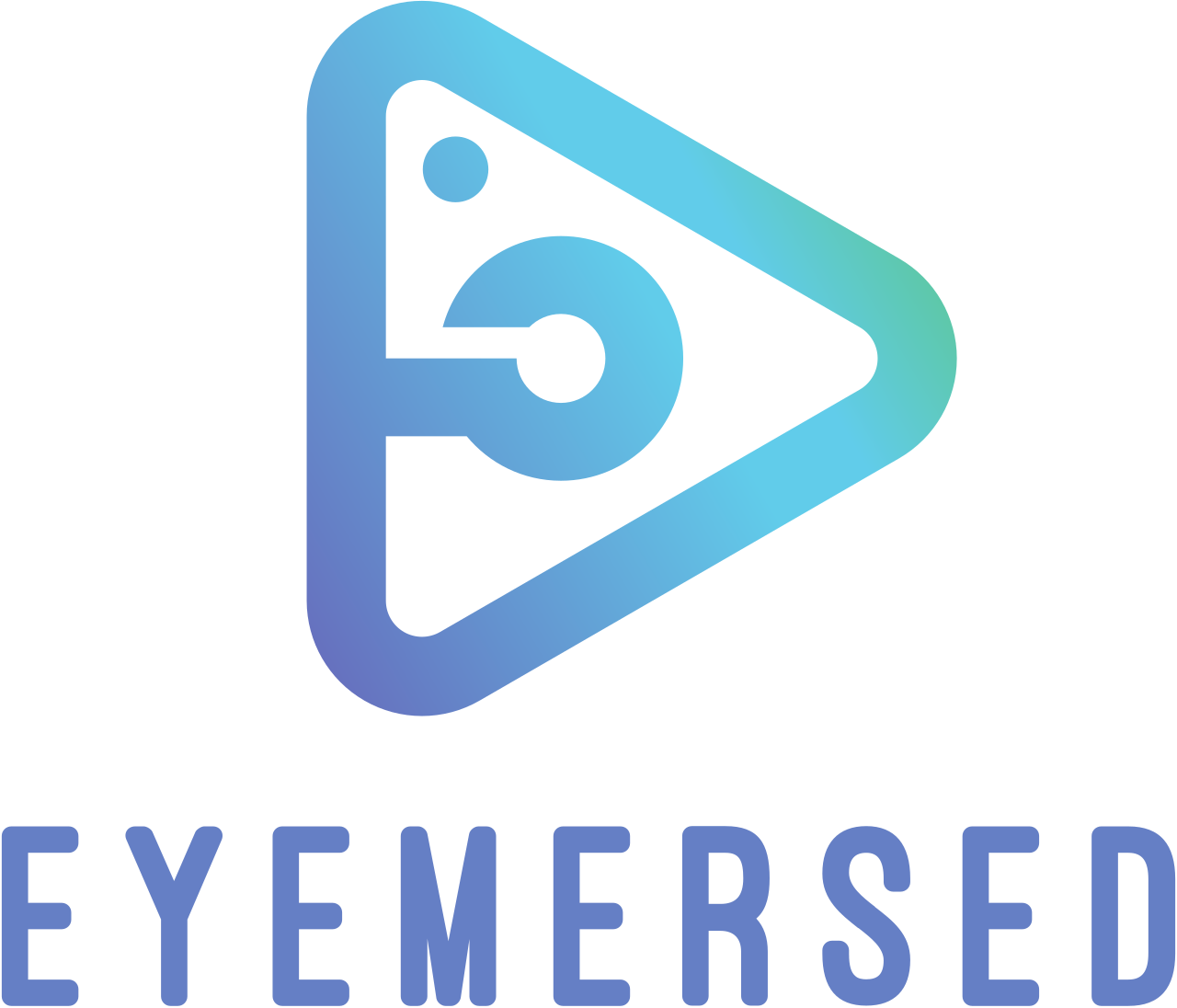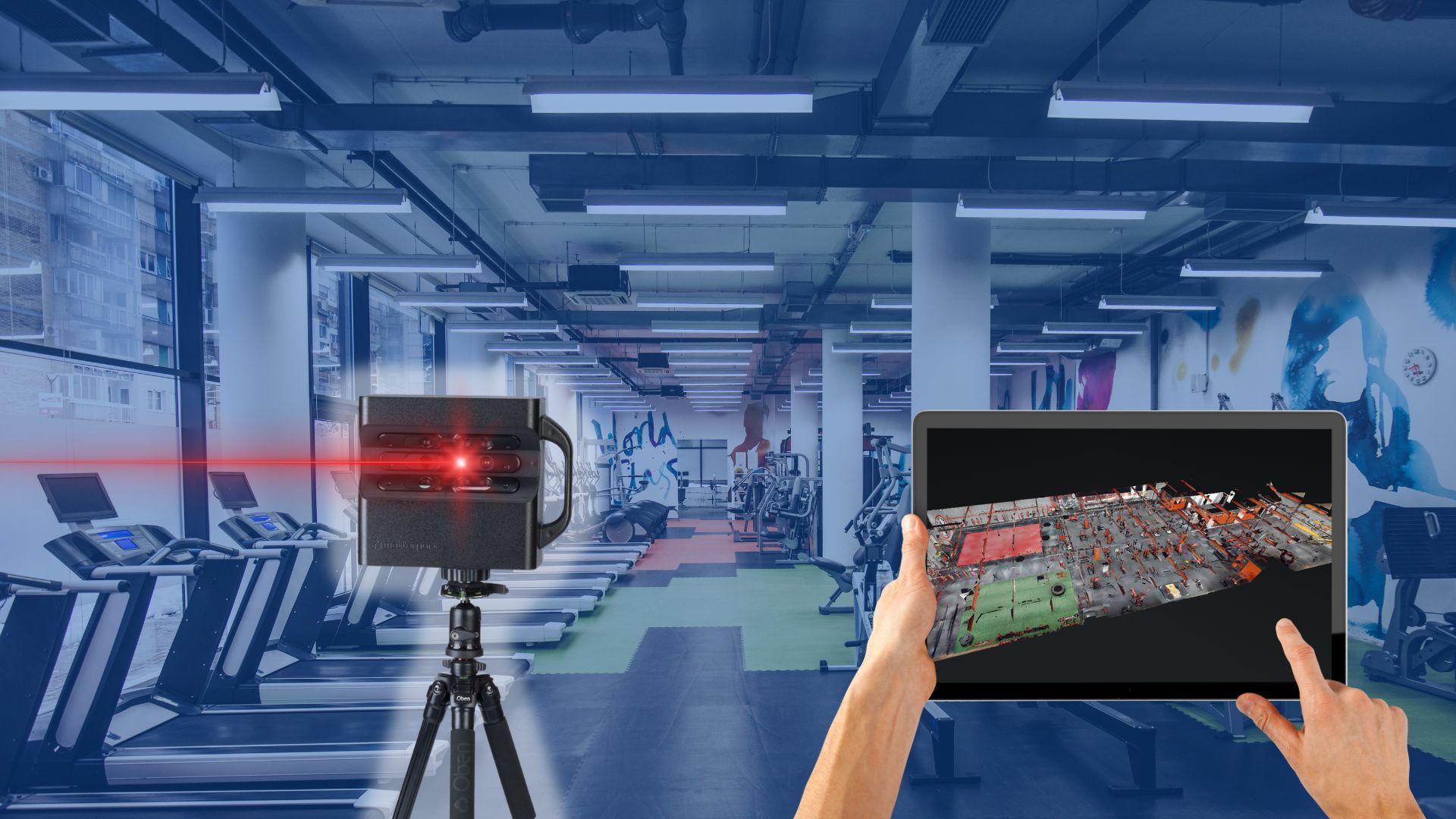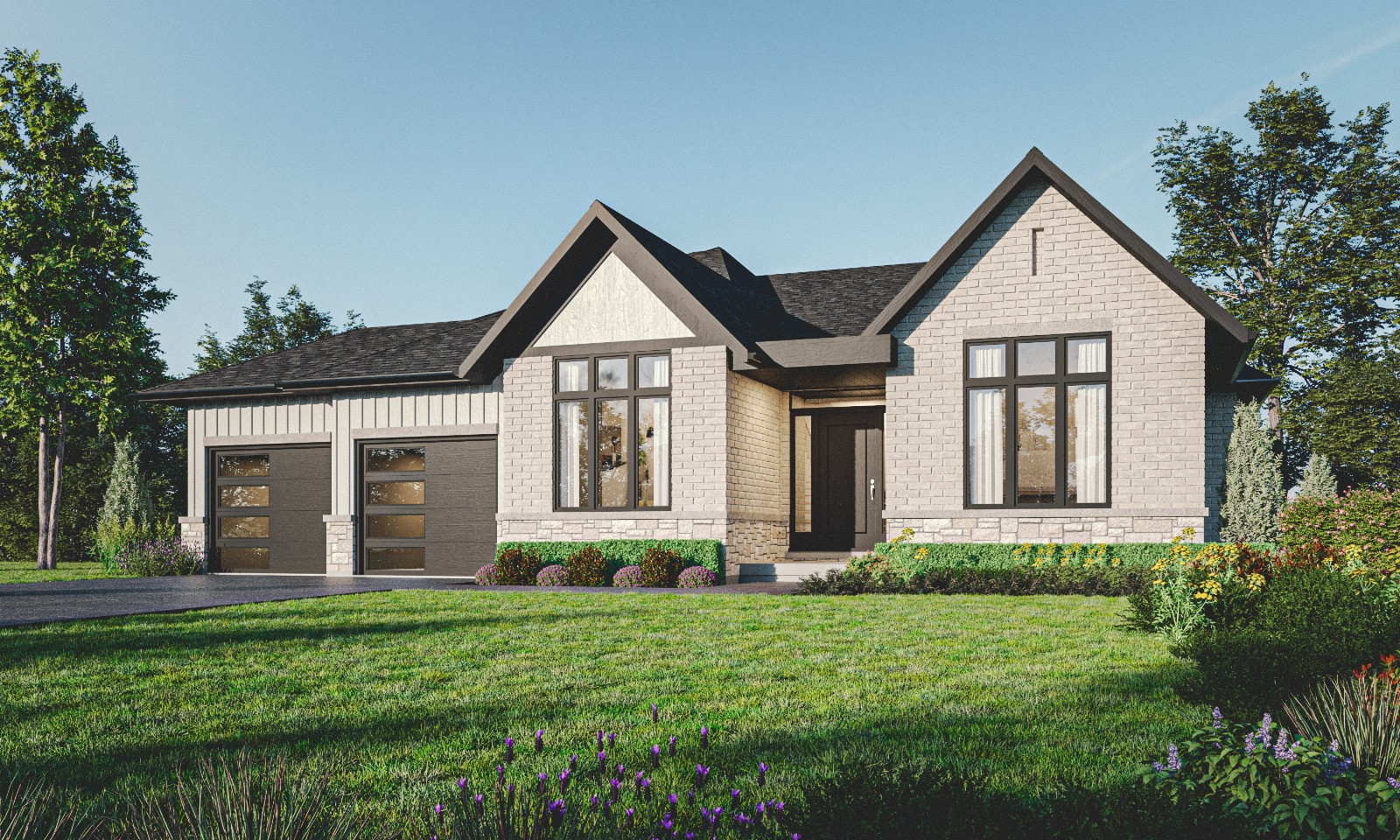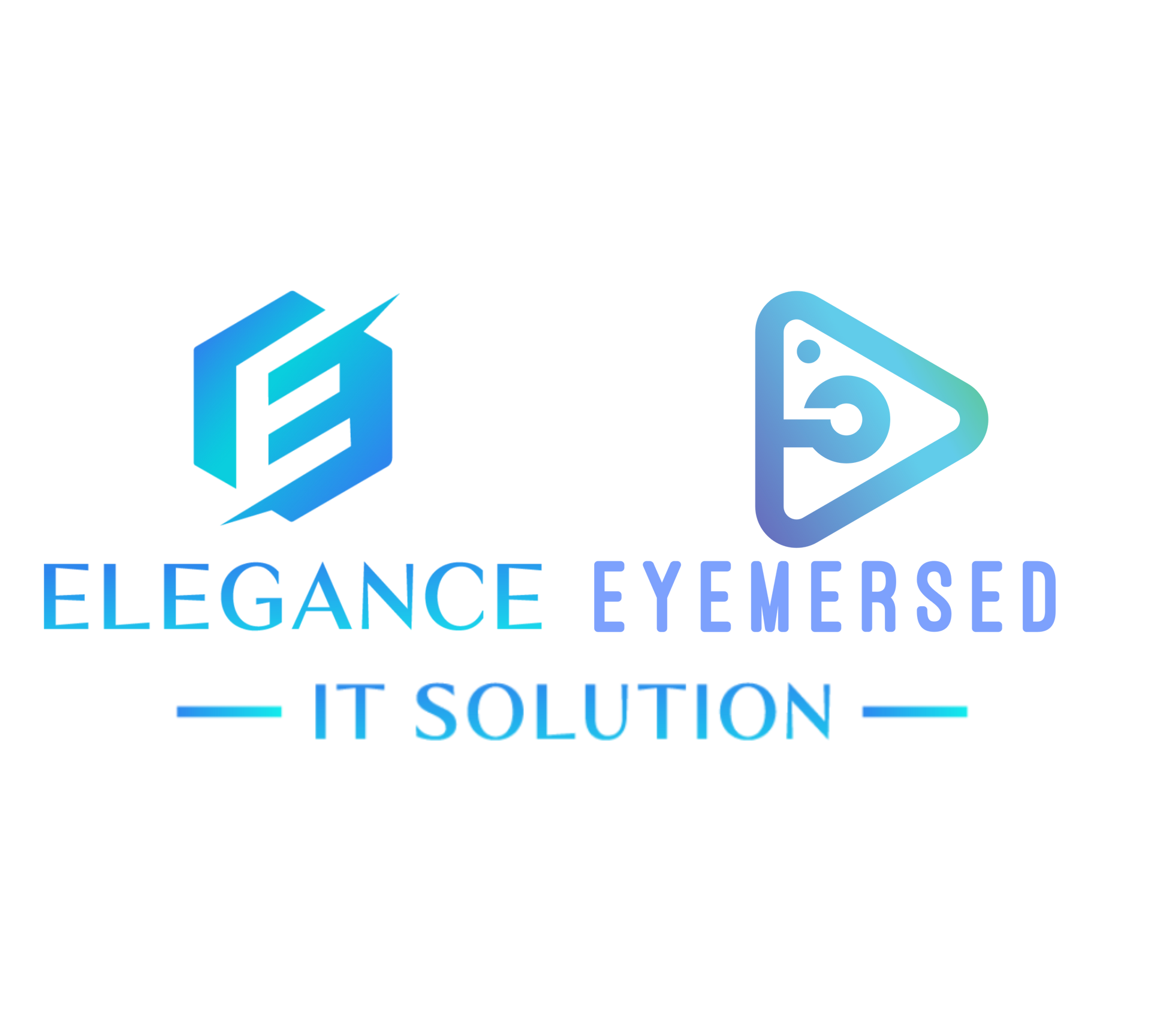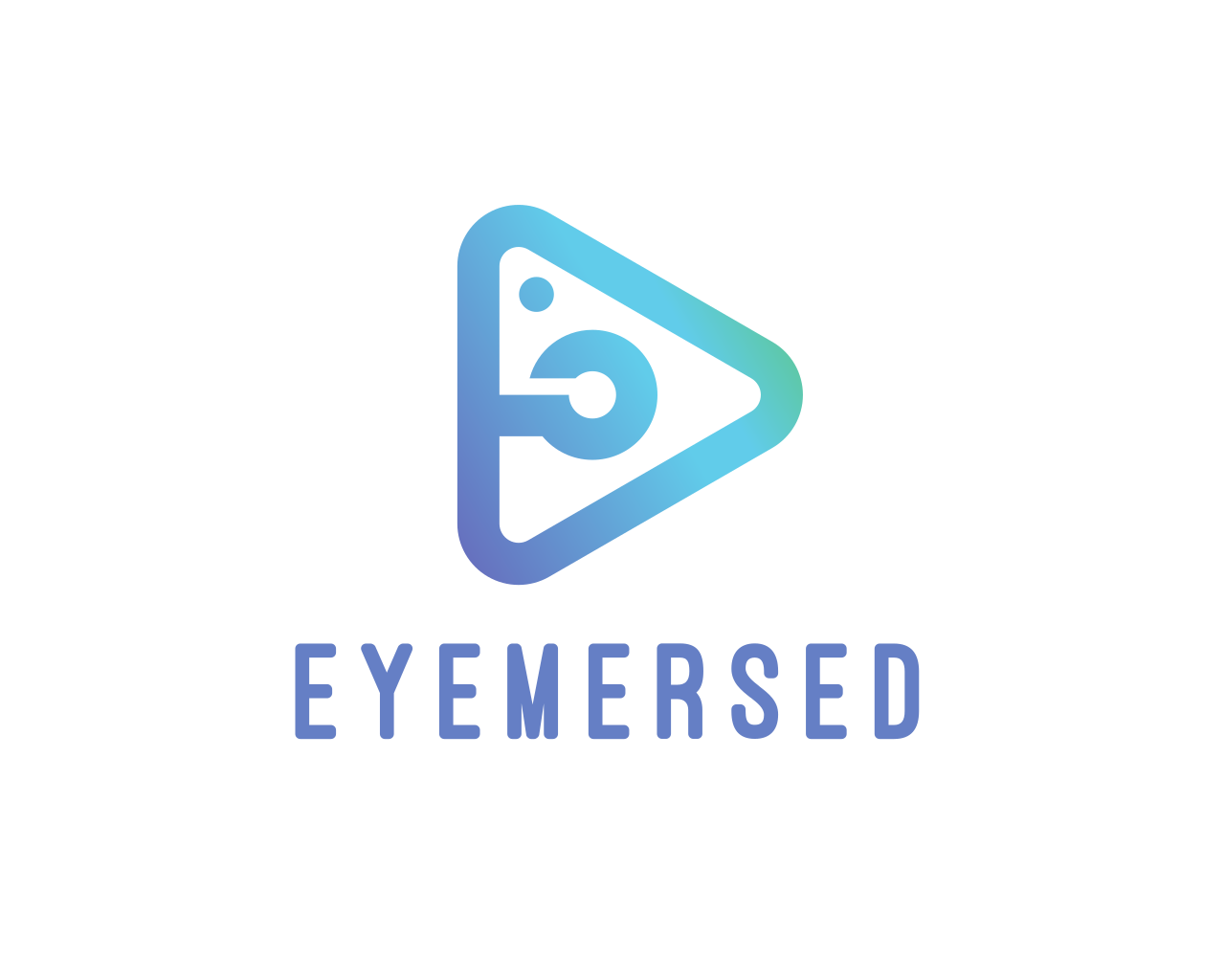...
The realm of 3D visualization has transformed the way we perceive and interact with the world around us. From advertising campaigns that captivate our attention to immersive virtual reality experiences that transport us to new dimensions, the power of 3D rendering knows no bounds. Architects, product designers, industrial artists, and branding visionaries harness this technology to craft awe-inspiring, lifelike images that blur the lines between fiction and reality. In this comprehensive guide, we'll delve into the intricacies of 3D rendering, its underlying mechanisms, and the Adobe software tools that empower creators to construct their own intricate 3D universes.
The Essence of 3D Rendering
At its core, 3D rendering is the process of generating photorealistic two-dimensional images from intricate three-dimensional models. It marks the culmination of the 3D visualization journey, encompassing the creation of object models, texturing those objects, and infusing the scene with meticulously designed lighting.
Modern 3D rendering software takes the extensive data associated with a 3D model and meticulously transforms it into a 2D image. This end result can range from a masterfully crafted image that resembles a photograph taken from the real world to a deliberately stylized representation, dictated by the artist's vision and the intended outcome of the visualization.
Cracking the 3D Rendering Code
To truly appreciate 3D rendering, it's essential to demystify the intricacies of its creation process. While "3D rendering" and "3D visualization" might seem interchangeable, the former is the final stage of the latter. Below is a detailed breakdown of the 3D visualization journey, culminating in the magic of 3D rendering:
1. Sculpting 3D Worlds
The inception of a 3D model or an entire scene can be achieved through diverse avenues. Sculpting applications enable the creation and manipulation of polygons, forming the foundation of 3D assets. This approach is ideally suited for crafting organic objects like plants or human figures, allowing for a more artistic interpretation of irregular forms.
However, alternative approaches exist. Certain modeling tools focus on delineating edges and surfaces in three-dimensional space, a technique especially pertinent to industrial design and computer-aided design (CAD) modeling. Another avenue involves scanning real-world objects to capture data, enabling the recreation of these objects within a digital 3D space. Alternatively, procedural generation employs software to sculpt models based on predetermined mathematical rules.
2. The Art of Texturing
The essence of a 3D object is encapsulated in its polygons, yet these surfaces lack the vibrancy of color or intricate detailing. Artists bridge this gap by assigning textures to every polygon, elevating the object's visual appeal. Textures range from monochromatic hues to hyper-realistic simulations of diverse surfaces—wood, metal, plastic, and beyond.
A single 3D object can consist of thousands, even millions, of polygons. While its core structure might represent the sleek finish of a modern kitchen blender or the rugged hide of an elephant, adept application of 3D materials creates an illusion of depth. These textures go beyond mere reflectivity or color, intricately weaving details like fabric stitching or industrial rivets.
3. Illuminating the 3D Realm
The key to lending authenticity to 3D objects within a scene is the interplay of light. Particularly crucial in architectural renderings, realistic light sources transform polygonal objects into a coherent, tangible environment. Rather than manually painting in light and shadows, artists manipulate settings that govern the direction, intensity, and type of light source illuminating each object.
4. The Enigma of Rendering
The pinnacle of the 3D visualization journey is the rendering phase. Here, the culmination of 3D model creation, texturing, and lighting is distilled into a single image. This computational process essentially captures a "snapshot" of the meticulously constructed scene from a predefined perspective, yielding a 2D representation of the 3D world.
Rendering software possesses the capability to generate individual images or rapidly sequence multiple images to simulate real-time motion. The rendering process is not uniform; diverse methods like real-time rendering and ray tracing impact the final quality. Understanding the hardware requirements—GPU and CPU capabilities—is integral to optimizing the rendering process.
In the grand tapestry of visual arts and design, 3D rendering stands as a testament to human ingenuity and technological advancement. From the birth of a 3D model to the breathtaking render that captures it in its full glory, each step contributes to the creation of a visual marvel that captivates and mesmerizes. Adobe's suite of 3D tools empowers creators to embark on this exhilarating journey, where imagination is transmuted into vivid reality, and virtual worlds come alive.
VIRTUAL BUILD AND RENDERS
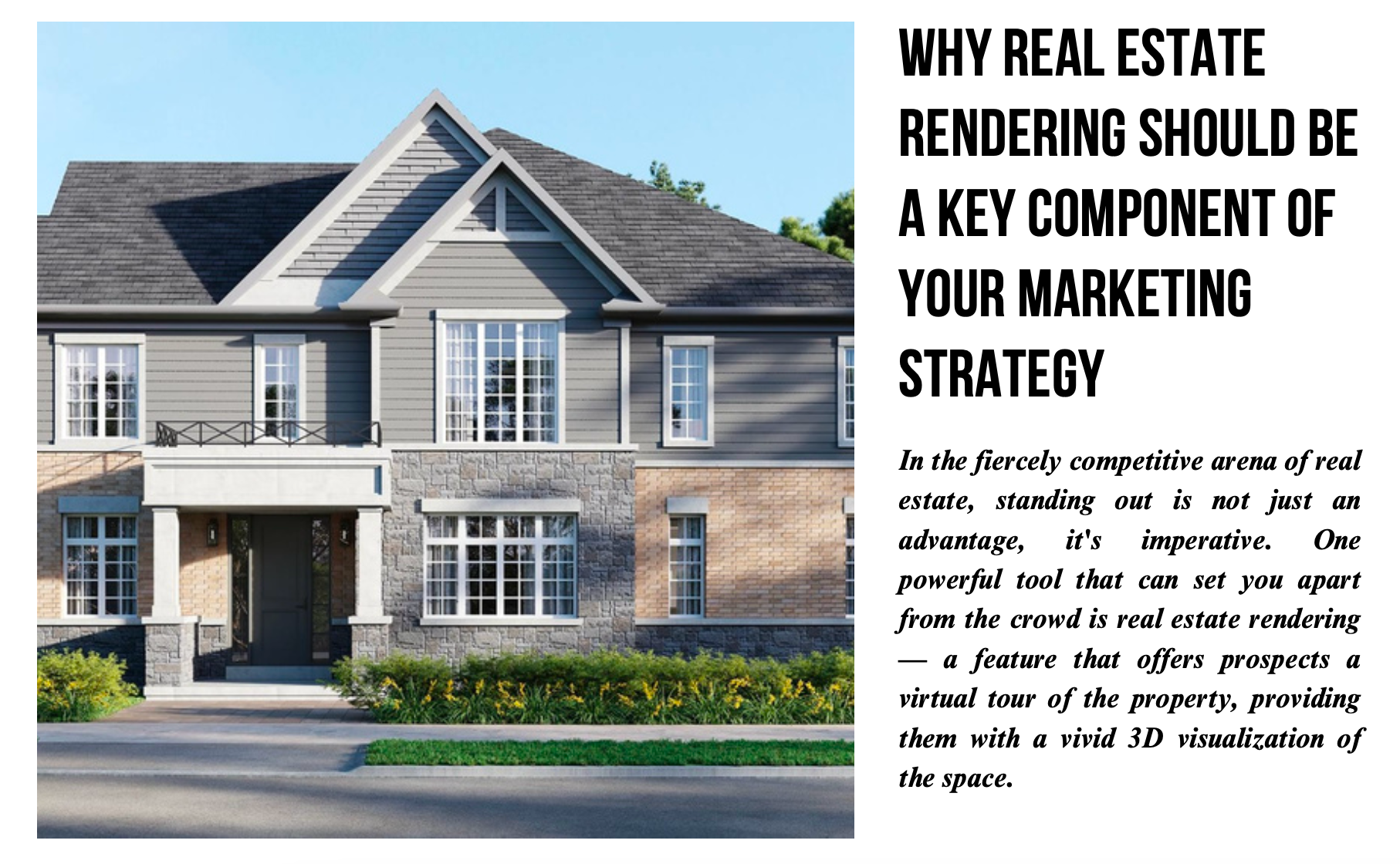


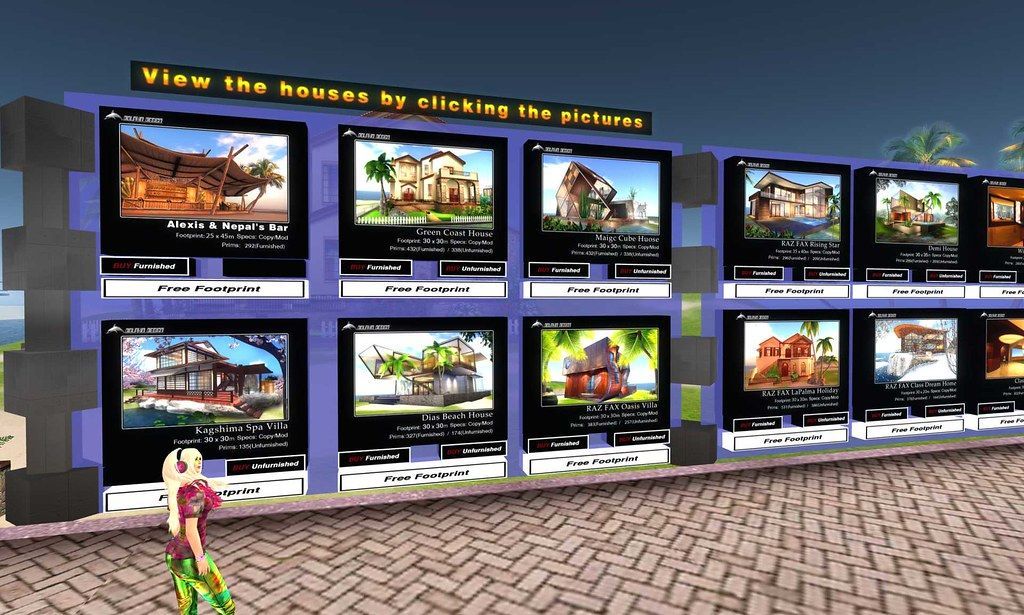
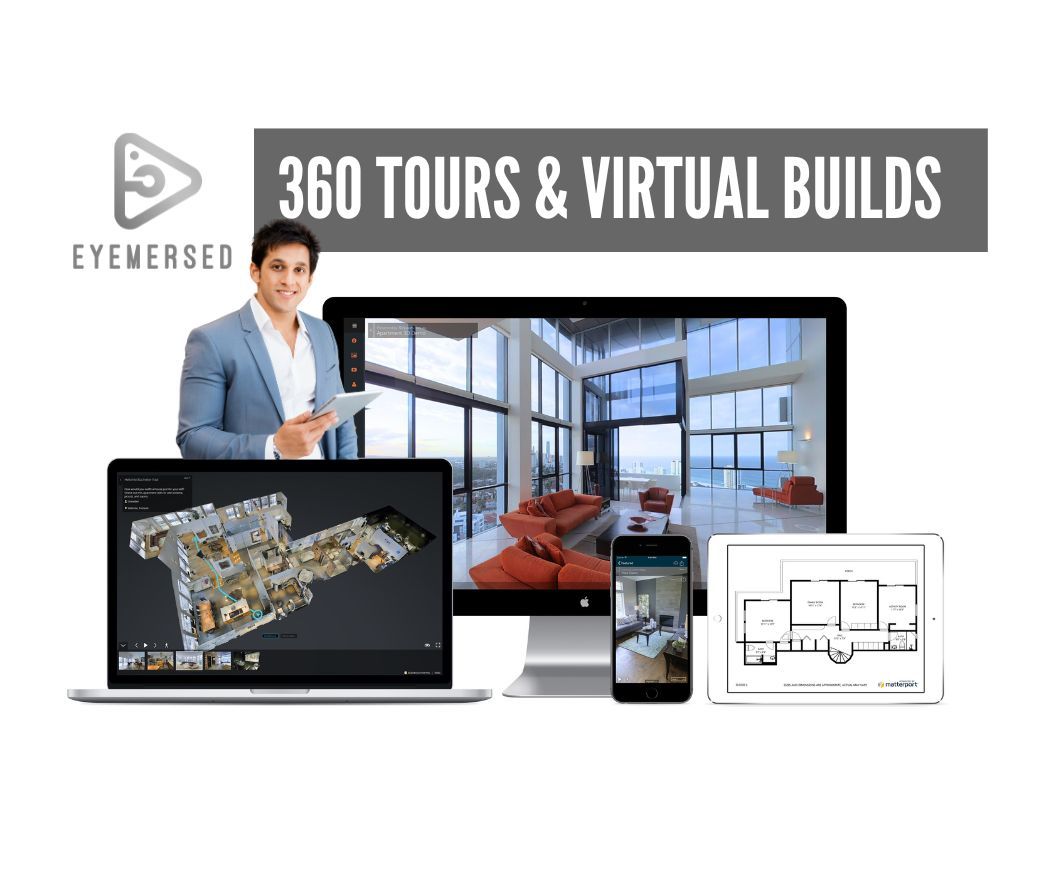

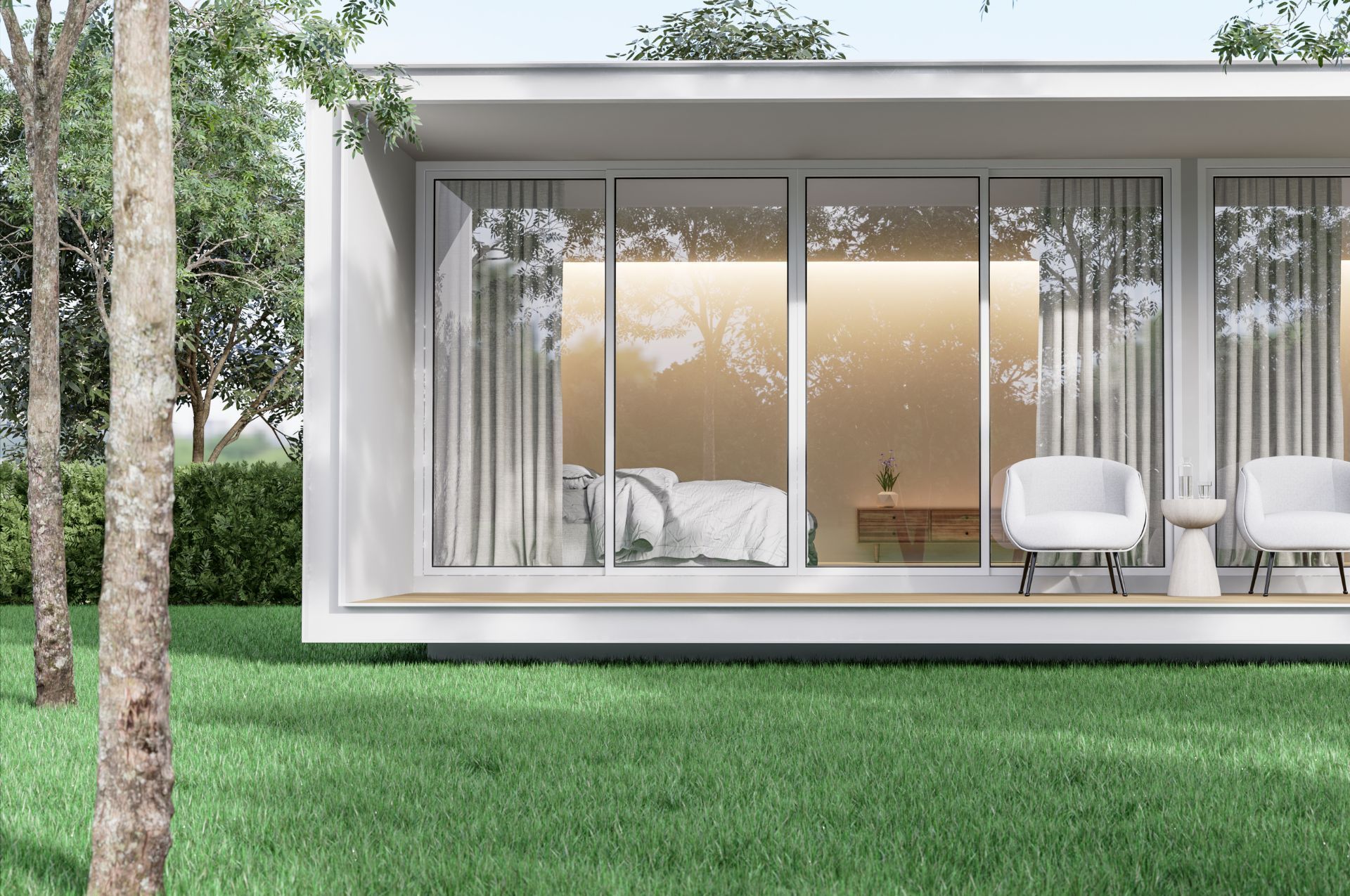
Contact Us
We will get back to you as soon as possible.
Please try again later.
EYEMERSED
Bangkok, Thailand
1788 Singha Complex Building, 30th Floor, Unit 3001-3003,3009-3014 New Petchburi Road, Bangkapi Subdistrict, Huai Khwang District, Bangkok 10310


